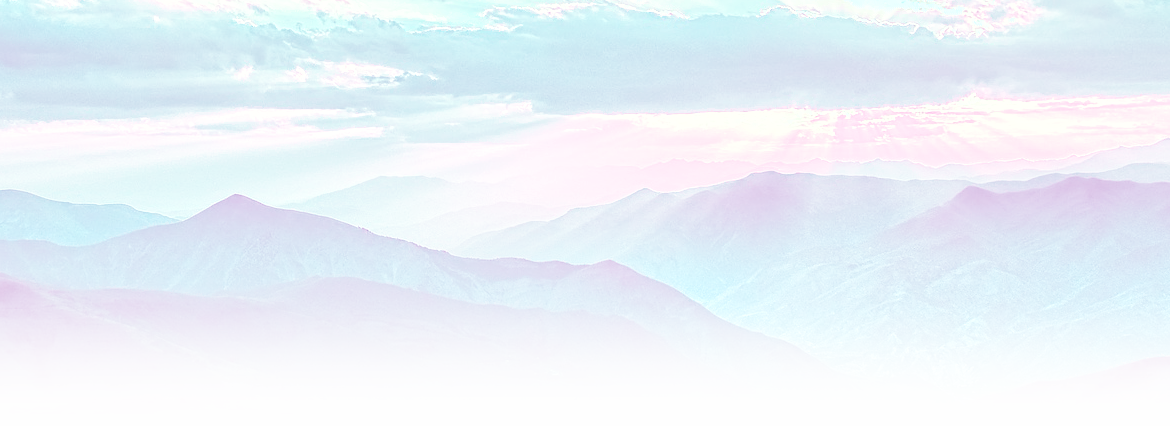Oniiji Tjakha are semi-permanent to permanent fixtures found in several locations across Biegjun. They’re placed in easily spotted location within one to two stone throws’ distance to warn others of a real or perceived danger.
Purpose
The landmarks are informative signs meant to warn any Bieggjan nomads or wanderers that there’s something dangerous nearby that they should watch out for or stay away from. The dangers can be any number of things, such as known entrances to Tjaetsiimaj habitats, passages were mudslides or avalanches are frequent, Tursatjek infested waters, unstable ground such as moors, or a cursed region.
Design
An Oniiji Tjakha is a semi-permanent or permanent stele made from a single slab of rock raised in an easy to spot location. It’s generally taller than its wide, and wider than its thick. The base is typically a bit wider than the top in order to provide stability, and it may be either partially submerged into the ground or have rocks piled around it to ensure it won’t fall over.
The landmark is often covered in a non-reflective paint called harjgga, with the side facing away from the danger it’s warning about holding symbolic images that convey what type of danger is waiting ahead. It’s also customary to illustrate roughly how far from the landmark the danger is, measured in stone throws, if its more than two stone throws away.


Comments